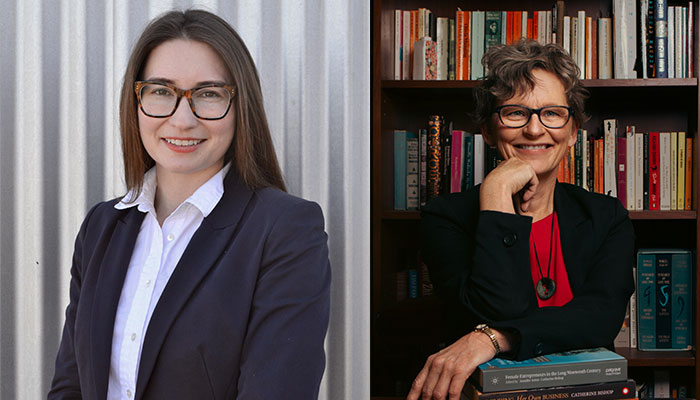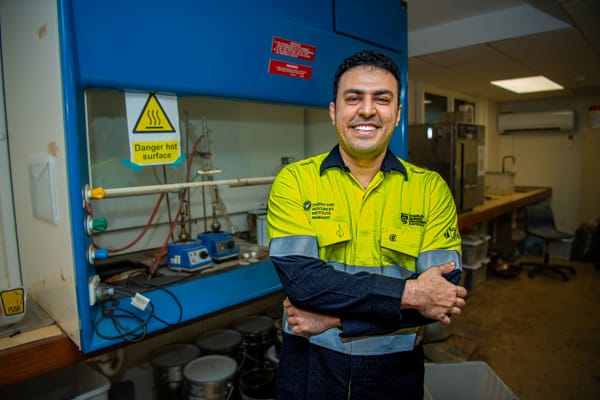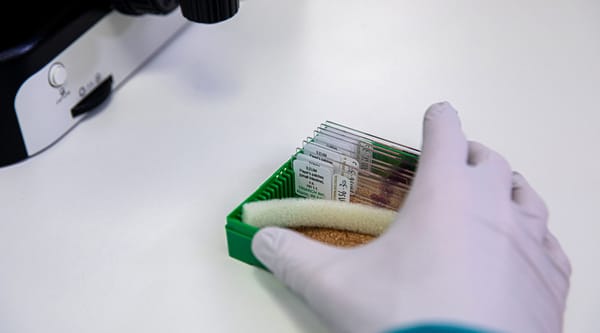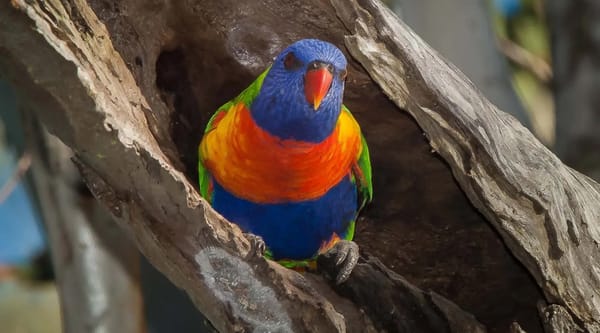Unrecorded and overlooked: the forgotten female history of side gigs in regional Australia
New research has illuminated the vital economic role Australian women in regional areas have played since 1850, running side businesses that help feed families in times of crisis.
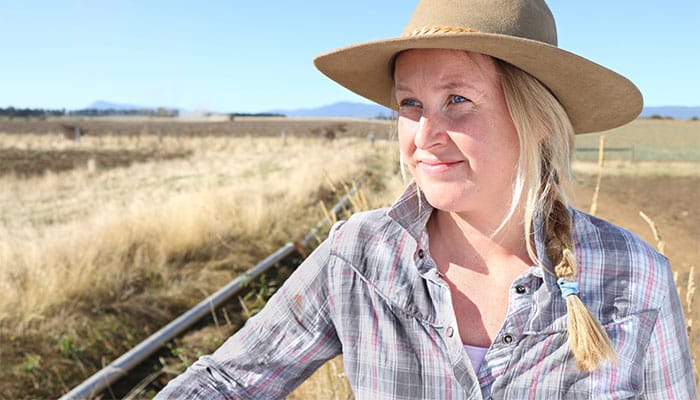
First published by Macquarie University
New research has illuminated the vital economic role Australian women in regional areas have played since 1850, running side businesses that help feed families in times of crisis.
As a national drought pushed family farms into crisis in 2019, an Instagram hashtag #buyfromthebush started by rural entrepreneur Grace Brennan quickly captured national attention. Within six weeks, the account had gained 170,000 followers and connected businesses were swamped with orders.
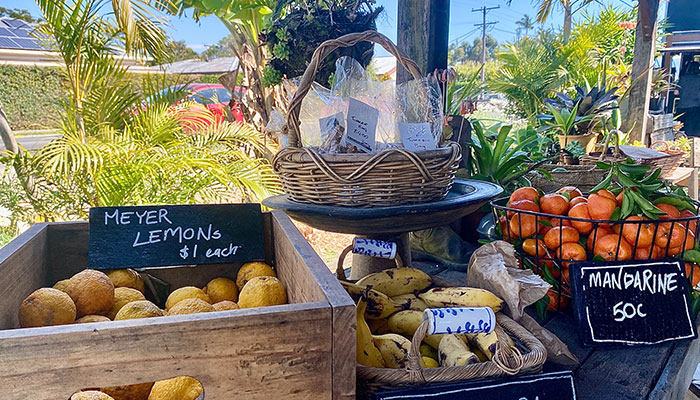
The side businesses of resourceful rural women - providing income for their families in times of financial and environmental crisis - is a phenomenon that has continued uninterrupted since at least 1850, researchers at Macquarie University say.
“Women’s side businesses have historically operated in the shadows,” says Dr Louise Prowse, Research Fellow at Macquarie Business School.
“They are rarely registered in women’s names, or not even registered at all. These businesses have been culturally depreciated, historically overlooked and officially unrecorded and their economic and social significance very much downplayed and unacknowledged.”
Dr Prowse examined court transcripts, memoirs, diaries, private record collections and newspaper articles from 1850, and conducted interviews with 17 women in regional South Australia, Queensland, Victoria and New South Wales who had run side businesses at some time between 1940 and 2023.
Enterprising women, problematic language
The research showed women’s micro-businesses were often referred to as sidelines or cottage industries which generated income known as ‘pin money’ or ‘egg money’.
“These terms downplay and diminish the market value of their economic contribution, and also reinforce traditional notions of rural womanhood and societal expectations of women’s roles,” says Dr Prowse.
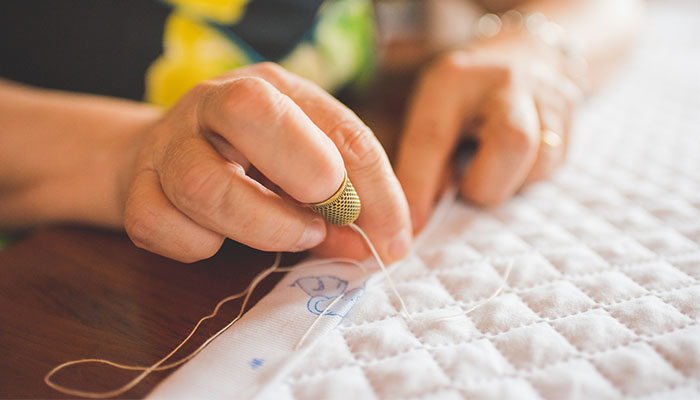
Dr Prowse and colleague Dr Catherine Bishop will discuss their research at the symposium Making, Spending and Saving: Women and Money in Australasia on Thursday 18 and Friday 19 July.
Dr Prowse’s research is funded by an Australian Research Council grant to Dr Catherine Bishop’s Discovery Early Career Research Award project, Gendered Enterprise: Australian Businesswomen since 1880.
Even the label 'side hustle' raises questions, Dr Prowse says, because it gives the impression a woman must have a primary paid income to have another one on the side. However Dr Prowse said the work of many rural women, such as child care, running a household and farm labour, is typically unpaid.
Dr Prowse found from the mid-nineteenth century in regional Australia, women have run small-scale businesses selling excess dairy and poultry produce, fruit, vegetables, preserves, handmade clothes, hats and quilts.
The research also uncovered enterprises where regional women take in boarders, breed animals, make soaps and run tourism activities on their properties. The businesses are typically low-risk, have low start-up costs, make use of existing skills or products, or monetise a hobby such as quilting or making jam.
Until the 1970s, there was no discussion that a side business could be born out of creativity or to give a woman economic freedom.
“They were considered socially acceptable because they were conducted in the home, did not divert resources from the farm and often sold through their own networks,” Prowse says.
Dr Prowse found many examples of farms where crops had failed in drought or floods, with women’s businesses bringing in crucial funds to buy groceries, pay school fees and keep the family afloat. In other cases, the side business was so financially successful that it became the family’s main income-generating enterprise.
“Until the 1970s, there was no discussion that a side business could be born out of creativity or to give a woman economic freedom. Women weren't supposed to be ambitious or entrepreneurial to the point that it would draw resources away from the farm,” she says.
Prowse’s research also found some cases where women used money generated from their business ventures as an ‘escape fund’ in case they needed to leave their domestic situations.
Interviews were conducted with the 17 subjects during COVID-19 lockdowns over Zoom, Dr Prowse said. “The beauty of it was that everyone was at home and it showcased the engine room of where women operated their businesses, which was the kitchen table or a spare room.”
Nearly five years on, platforms such as #buyfromthebush are now providing recognition and attention to women’s regional businesses, she says. “I think that it has broken down city-rural barriers and provided a much needed national and international market for rural businesses.
“However we have always had very enterprising and agile women in regional areas. It’s part of the history of the bush.”
